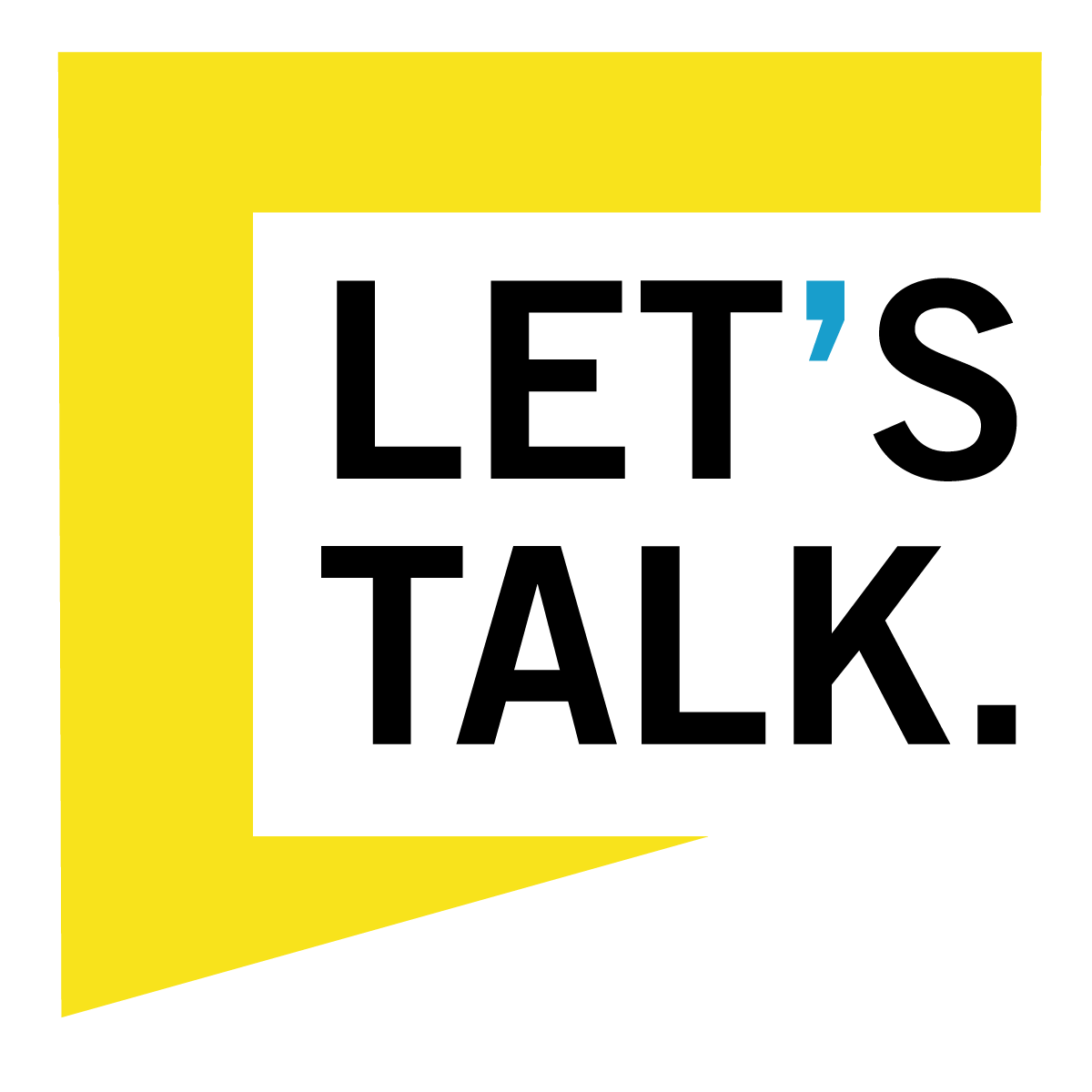REFERENCES AND CITATIONS
Let’s Talk draws from the latest science and evidence-based approaches to underage substance use prevention and best practices for adolescent health and well being.
ADOLESCENT BRAIN
Klein‑Baer, R. (2025, March). How to model healthy coping skills. Child Mind Institute. Retrieved July 10, 2025, from https://childmind.org/article/how-to-model-healthy-coping-skills/
Levpušček, M. P. (2006). Adolescent individuation in relation to parents and friends: Age and gender differences. European Journal of Developmental Psychology, 3(3), 238–264. https://doi.org/10.1080/17405620500463864
Scientific American. (n.d.). The amazing teen brain. Retrieved July 10, 2025, from https://www.scientificamerican.com/article/the-amazing-teen-brain/
UCLA Center for the Developing Adolescent. (n.d.). The science behind adolescent risk taking and exploration. Retrieved July 10, 2025, from https://developingadolescent.semel.ucla.edu/topics/item/science-of-risk-taking#:~:text=Because%20adolescent%20brains%20release%20more%20dopamine%20compared,that%20come%20from%20surprises%20and%20new%20experiences.&text=The%20increase%20in%20dopamine%20expression%20during%20adolescence,cognitive%20control%20that%20help%20support%20decision%20making.
PBS. (n.d.). Adolescent brains are works in progress. Retrieved July 10, 2025, from https://www.pbs.org/wgbh/pages/frontline/shows/teenbrain/work/adolescent.html#:~:text=The%20period%20of%20pruning%2C%20in%20which%20the,development%20as%20is%20the%20period%20of%20growth.&text=He%20calls%20this%20the%20%22use%20it%20or,cells%20and%20connections%20that%20will%20be%20hardwired.
ELEMENTARY
What Science Tells Us About Parenting an Adolescent. UCLA Center for the Developing Adolescent. https://developingadolescent.semel.ucla.edu/topics/item/science-about-parenting-adolescent
Mills, R., Mann, M.J., Smith, M.L. et al. Parental support and monitoring as associated with adolescent alcohol and tobacco use by gender and age. BMC Public Health 21, 2000 (2021). https://doi.org/10.1186/s12889-021-12119-3
Berge J, Sundell K, Öjehagen A, et alRole of parenting styles in adolescent substance use: results from a Swedish longitudinal cohort studyBMJ Open 2016;6:e008979. doi: 10.1136/bmjopen-2015-008979
Parental Monitoring. Science Direct. https://www.sciencedirect.com/topics/nursing-and-health-professions/parental-monitoring#:~:text=Youth%20who%20perceive%20less%20parental,risk%20taking%20and%20substance%20use.
Why It's Important to Talk to Your Child About Alcohol and Drugs. Substance Use and Mental Health Services Administration. https://www.samhsa.gov/substance-use/prevention/talk-they-hear-you/parent-resources/talk-with-your-child
Tips for Talking to Youth. Get Smart About Drugs. https://www.getsmartaboutdrugs.gov/publication/tips-talking-youth
Make Your Drug Safety Conversations Appropriate to Your Child's Age. Drug Free Canada. https://www.drugfreekidscanada.org/talk/the-importance-of-communication/age-appropriate-conversations/
MENTAL HEALTH
Stoewen, D. L. (2022). Nature, nurture, and mental health Part 1: The influence of genetics, psychology, and biology. The Canadian Veterinary Journal, 63(4), 427–430. https://www.ncbi.nlm.nih.gov/pmc/articles/PMC8922370/
Pfeifer, J. H., & Allen, N. B. (2021). Puberty initiates cascading relationships between neurodevelopmental, social, and internalizing processes across adolescence. Biological Psychiatry, 89(2), 99–108. https://doi.org/10.1016/j.biopsych.2020.09.002
Byrne, M. L., Whittle, S., Vijayakumar, N., Dennison, M., Simmons, J. G., & Allen, N. B. (2017). A systematic review of adrenarche as a sensitive period in neurobiological development and mental health. Developmental Cognitive Neuroscience, 25, 12–28. https://doi.org/10.1016/j.dcn.2016.12.004
Erratum in: Byrne, M. L., et al. (2020). Developmental Cognitive Neuroscience, 45, 100845. https://doi.org/10.1016/j.dcn.2020.100845
Centers for Disease Control and Prevention. (2024, November 29). Health disparities among LGBTQ youth. U.S. Department of Health & Human Services. Retrieved July 10, 2025, from https://www.cdc.gov/healthy-youth/lgbtq-youth/health-disparities-among-lgbtq-youth.html
Centers for Disease Control and Prevention. (2024, October). Adverse Childhood Experiences (ACEs). U.S. Department of Health & Human Services. Retrieved July 10, 2025, from https://www.cdc.gov/aces/about/index.html
Substance Abuse and Mental Health Services Administration. (2023, April 24). Mental Health and Substance Use Co‑Occurring Disorders. U.S. Department of Health & Human Services. Retrieved July 10, 2025, from https://www.samhsa.gov/mental-health/what-is-mental-health/conditions/co-occurring-disorders
McDonald, A. J., Kurdyak, P., Rehm, J., Roerecke, M., & Bondy, S. J. (2024). Age-dependent association of cannabis use with risk of psychotic disorder. Psychological Medicine, 54(11), 2926–2936. https://doi.org/10.1017/S0033291723002242
Hines, L. A., Freeman, T. P., Gage, S. H., Zammit, S., Hickman, M., & Heron, J. (2020). Association of high-potency cannabis use with mental health and substance use in adolescence. JAMA Psychiatry, 77(10), 1044–1051. https://doi.org/10.1001/jamapsychiatry.2020.1035
Substance Abuse and Mental Health Services Administration. (2016, March). Substance use and suicide: A nexus requiring a public health approach (SMA 16‑4935). U.S. Department of Health & Human Services. Retrieved July 10, 2025, from https://store.samhsa.gov/sites/default/files/d7/priv/sma16-4935.pdf
Compassion to Action: A Community Guide to Suicide Prevention and Support in Marin County https://www.marinhhs.org/sites/default/files/libraries/2022_06/sp_booklet_v13.pdf
SUBSTANCES
@stanfordreachyab. (2025, March 4). [Photo featuring Youth Action Board members at an outreach event] [Instagram post]. Instagram. https://www.instagram.com/p/DGyUTLkSUEb/
Younger people more susceptible to nicotine addiction than middle-aged adults. (2025, February 20). News‑Medical. Retrieved July 17, 2025, from https://www.news‑medical.net/news/20250220/Younger-people-more-susceptible-to-nicotine-addiction-than-middle-aged-adults.aspx
Bailey, J. A., Hill, K. G., Hawkins, J. D., Catalano, R. F., & Abbott, R. D. (2020). Marijuana legalization and youth marijuana, alcohol, and cigarette use and norms. American Journal of Preventive Medicine, 59(3), 309–316. https://doi.org/10.1016/j.amepre.2020.04.016
Stuyt, E. (2018). The problem with the current high potency THC marijuana from the perspective of an addiction psychiatrist. Missouri Medicine, 115(6), 482–486. https://www.ncbi.nlm.nih.gov/pmc/articles/PMC6312155/
Jager, G., & Ramsey, N. F. (2008). Long-term consequences of adolescent cannabis exposure on the development of cognition, brain structure and function: An overview of animal and human research. Current Drug Abuse Reviews, 1(2), 114–123.
